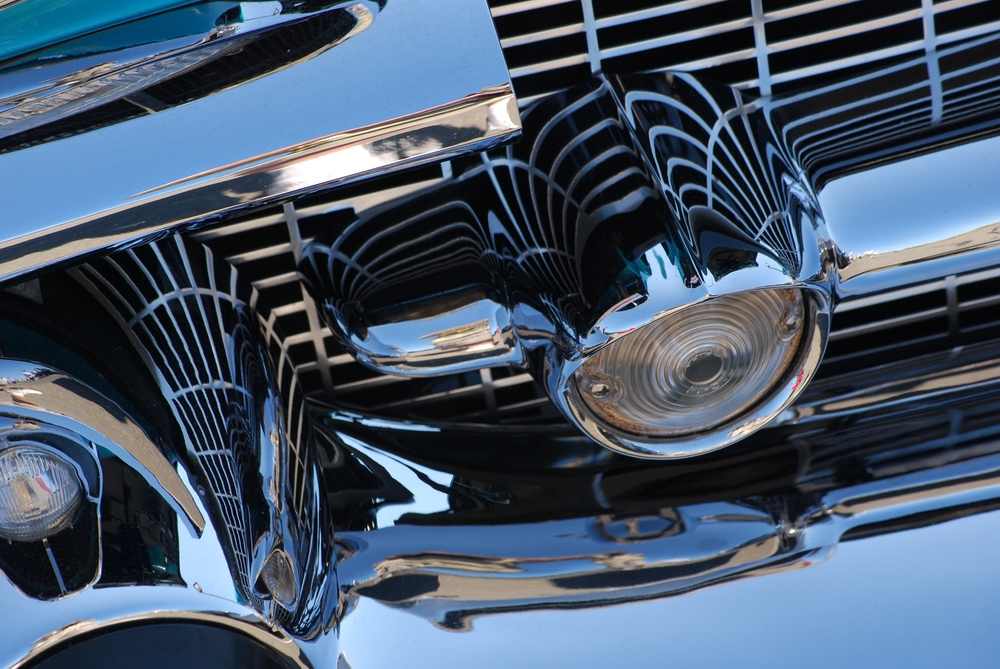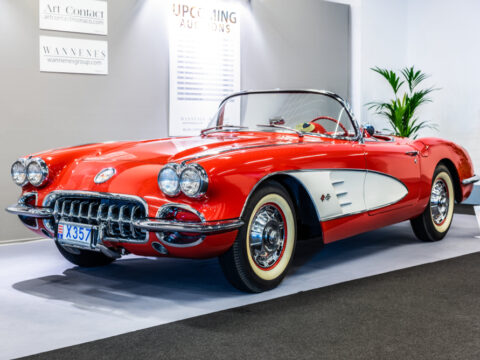Not every idea in the world of car manufacturing has been a success. While innovation is key to progress, some vehicle manufacturing techniques have turned out to be more trouble than they were worth. From methods that caused expensive recalls to designs that never lived up to their promise, the industry has learned some hard lessons along the way. In this article, we’ll take a look at 16 vehicle manufacturing techniques that ultimately proved ineffective.
Contents
Pop-Up Headlights

Pop-up headlights were a stylish and futuristic feature in many sports cars of the ’80s and ’90s. However, their mechanical complexity led to frequent malfunctions, causing them to get stuck in either the up or down position. The motors that powered them often failed, requiring expensive repairs. Additionally, pop-up headlights created aerodynamic issues, which increased drag and decreased fuel efficiency. These problems, combined with safety concerns regarding pedestrian impact, led to the eventual phase-out of this once-iconic design.
Vinyl Roofs

Vinyl roofs were popular in the 1970s as a way to mimic the look of expensive convertible tops. Unfortunately, the material was prone to cracking and peeling, especially in harsh weather conditions. Over time, moisture would seep underneath the vinyl, leading to rust and corrosion of the metal roof beneath. The extra maintenance and repair costs, combined with the aesthetic decline, made vinyl roofs more of a liability than an asset, and they eventually fell out of favor.
Hydropneumatic Suspension

Introduced by Citroën, hydropneumatic suspension was a revolutionary concept that provided a smoother ride by using pressurized fluid. However, the system was extremely complex and costly to maintain, requiring specialized repairs. Leaks in the hydraulic system were common, leading to inconsistent suspension performance. Over time, the high cost of upkeep and frequent breakdowns outweighed the benefits, leading most manufacturers to abandon the technology.
Carbureted Engines

Carbureted engines were once the standard for fuel delivery in cars, but they struggled with inefficiency and emissions control. Unlike modern fuel injection systems, carburetors often delivered inconsistent fuel mixtures, resulting in poor fuel economy and higher emissions. They also required frequent tuning to perform correctly, especially in varying weather conditions. The development of fuel injection systems rendered carburetors obsolete due to their superior precision and efficiency.
Push-Button Transmissions

Push-button transmissions were introduced as a futuristic alternative to traditional gear shifts. However, their confusing operation and lack of tactile feedback led to operational mistakes, including gear selection issues. In emergency situations, drivers sometimes struggled to quickly shift into the correct gear. This, combined with frequent mechanical failures, caused manufacturers to revert to traditional gear levers.
Fiberglass Bodies

Fiberglass was seen as a lightweight alternative to steel for car bodies, but it proved to be brittle and easily damaged. Minor collisions often resulted in cracks or fractures that were costly to repair. While it provided some resistance to rust, the material was not flexible enough to withstand the stresses of everyday driving. Its fragility ultimately made it a poor choice for mass-produced vehicles.
Three-Wheel Cars

While three-wheel cars were marketed as a lightweight and efficient alternative to traditional four-wheel vehicles, their design made them highly unstable. The lack of a fourth wheel caused balance issues, especially during cornering or emergency maneuvers. These vehicles were prone to tipping over, making them dangerous for drivers and passengers. This instability led to their decline in popularity.
Rear Engine Layout in Non-Sports Cars

While rear-engine layouts worked well in high-performance sports cars, they created balance and handling problems in family or non-sports cars. The rear-heavy weight distribution made these vehicles prone to oversteer, reducing control during cornering and making them dangerous in wet or icy conditions. The design was eventually dropped in favor of front or mid-engine layouts, which provided better weight distribution.
Air-Cooled Engines in Family Cars

Air-cooled engines, while effective in certain sports cars, struggled with efficiency and overheating when used in family cars. They were unable to adequately regulate temperature during extended use or in hot climates, leading to frequent overheating issues. The lack of water cooling limited their effectiveness in mainstream vehicles, and they were eventually replaced by more reliable liquid-cooled engines.
Convertible Hardtops

Convertible hardtops, while visually appealing, were heavy and featured complex mechanisms that frequently failed. These retractable roofs often developed leaks over time, which caused water damage to the vehicle’s interior. The increased weight also negatively impacted fuel efficiency and performance, leading manufacturers to stick with simpler, more reliable soft tops or fixed roofs.
Inward-Swinging Doors (Suicide Doors)

Inward-swinging doors, also known as suicide doors, were a hallmark of luxury cars in the early 20th century. However, their design proved dangerous, as the doors could open during high-speed driving, increasing the risk of ejection. They also posed challenges for rear passengers when exiting in tight spaces. This safety risk led to their decline in use.
Torque Converter Transmissions (early versions)

Early torque converter transmissions promised a smooth ride but delivered poor fuel efficiency and reliability. These systems were prone to overheating and often slipped under heavy loads, reducing the vehicle’s overall performance. As the technology improved, modern torque converters became more efficient, but the early versions left much to be desired.
Rotary Engines

Rotary engines, popularized by Mazda, were compact and lightweight but suffered from poor fuel economy and short lifespans. The engine’s unique design made it difficult to seal properly, leading to oil consumption issues and reduced efficiency. Despite their smooth power delivery, these engines required frequent maintenance and eventually fell out of favor due to their unreliability.
Exposed Fuel Fillers

Exposed fuel fillers, once common on older cars, were prone to contamination from dirt and debris. Over time, this caused blockages or leaks, leading to fuel system issues. The risk of fuel spillage during refueling also made this design unsafe. Modern vehicles now feature concealed fuel fillers for better protection.
Heavy Chrome Bumpers

Heavy chrome bumpers were once a popular design element, but their weight reduced fuel efficiency and offered little protection in collisions. The chrome plating also chipped easily, leading to rust and corrosion. As fuel efficiency and crash safety became more important, lightweight plastic and composite materials replaced these outdated bumpers.
Side-Mounted Spare Tires

Side-mounted spare tires were once a common feature, but they created balance issues, especially in smaller vehicles. The additional weight on one side of the car affected handling and fuel efficiency. They also made vehicles wider, which posed challenges when parking or maneuvering in tight spaces. Today, spare tires are typically stored under the trunk for better balance and space efficiency.
This article originally appeared in MyCarMakesNoise.
More from MyCarMakesNoise
13 Fun Facts About Harley-Davidson Motorcycles

Harley-Davidson motorcycles have been a symbol of freedom and adventure for over a century. From their humble beginnings in a small wooden shed in Milwaukee to becoming a global icon, these bikes have captured the hearts of riders worldwide. Read More
10 High-Tech Car Gadgets You’ll Wish Were Legal

Driving is on the cusp of a technological revolution with gadgets that promise to make our roads safer and more convenient. From automated parking to augmented reality windshields, these high-tech innovations could transform the way we experience our daily commutes. Read More
10 Classic Trucks That Fell Short of Expectations

Classic trucks often evoke a sense of nostalgia and rugged charm, but not all of them hit the mark with consumers. Some models, despite their unique features and innovative designs, struggled to find their place in the market. Read More














